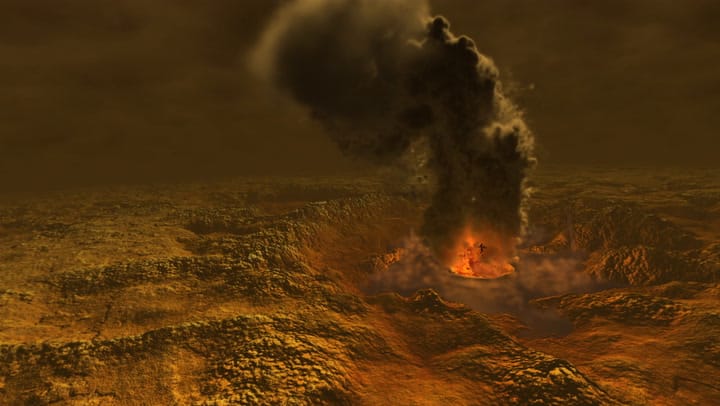
After over three decades, Venus exploration missions are back on the horizon. NASA on June 2 announced the launch of two missions to Venus- VERITAS, and DAVINCI+. The two missions will launch by 2030 and break the very long spell on Venus missions. The last mission to Venus was Magellan, a radar-mapping orbiter launched by NASA in 1989.
NASA is not alone in its interest in Earth’s twin. California-based Rocket Lab plans to send a life-searching mission to Venus next year. Space agencies of India, Russia, and Europe also have Venus-centric missions in development. “My sense is that people are going to be surprised by how interesting [Venus] is,” said David Grinspoon, a planetary scientist and a member of the DAVINCI+ team. Moreover, he has been advocating for more studies on Venus.
More details on the Venus exploration
“It is astounding how little we know about Venus, but the combined results of these missions will tell us about the planet from the clouds in its sky through the volcanoes on its surface all the way down to its very core,” said Tom Wagner, NASA’s Discovery program scientist. “It will be as if we have rediscovered the planet,” he added.
DAVINCI+ and VERITAS are two low-cost Venus exploration programs. Their budget has a limit of $500 million each. Venus Emissivity, Radio Science, InSAR, Topography, and Spectroscopy or VERITAS will map the surface of the planet in detail. Using radar and by monitoring the infrared surface emissions, researchers plan to understand how the planet’s surface varies. There is a need to study the planet’s geology and climatic evolution so that we can understand its plate tectonics and volcanic eruptions.
DAVINCI+, short for Deep Atmosphere Venus Investigation of Noble Gases, Chemistry and Imaging will send a descent sphere through the planet’s thick atmosphere. This probe will measure the composition of the planet as it falls and return the data. The data will tell us how the planet became so hot in the first place. The probe will primarily look for phosphine in Venus’s atmosphere.
